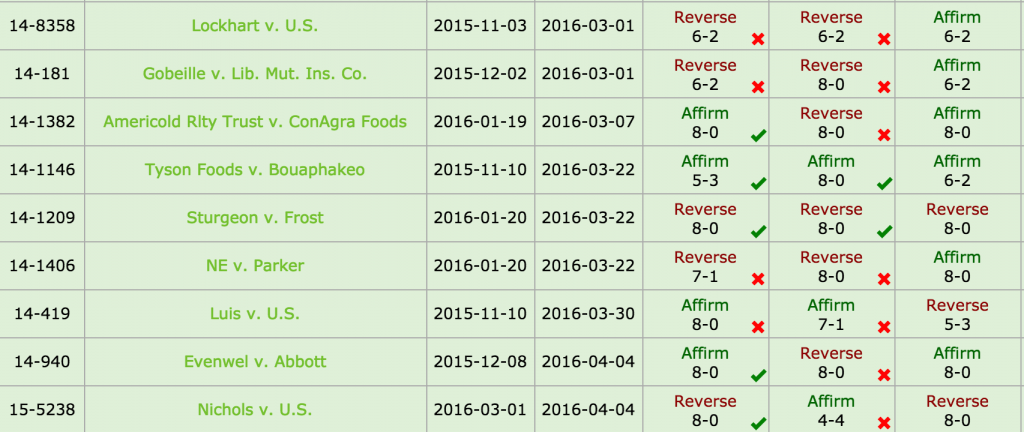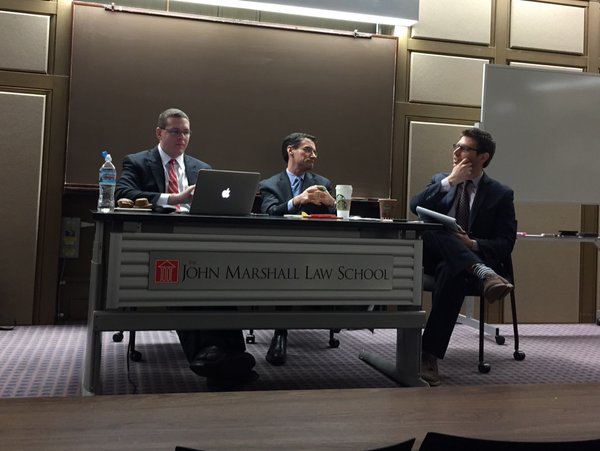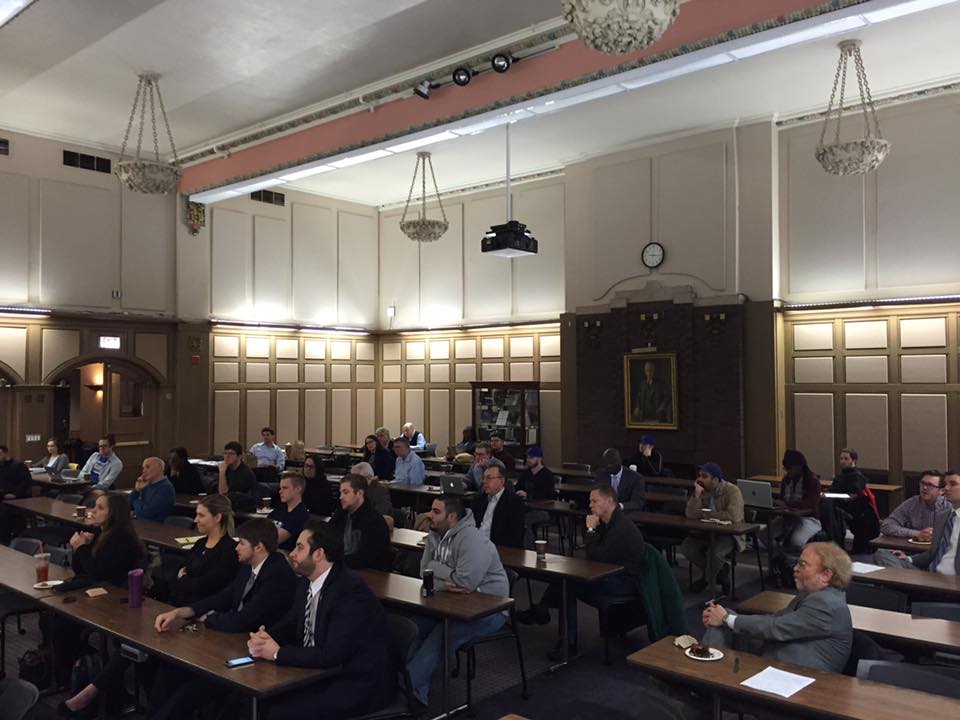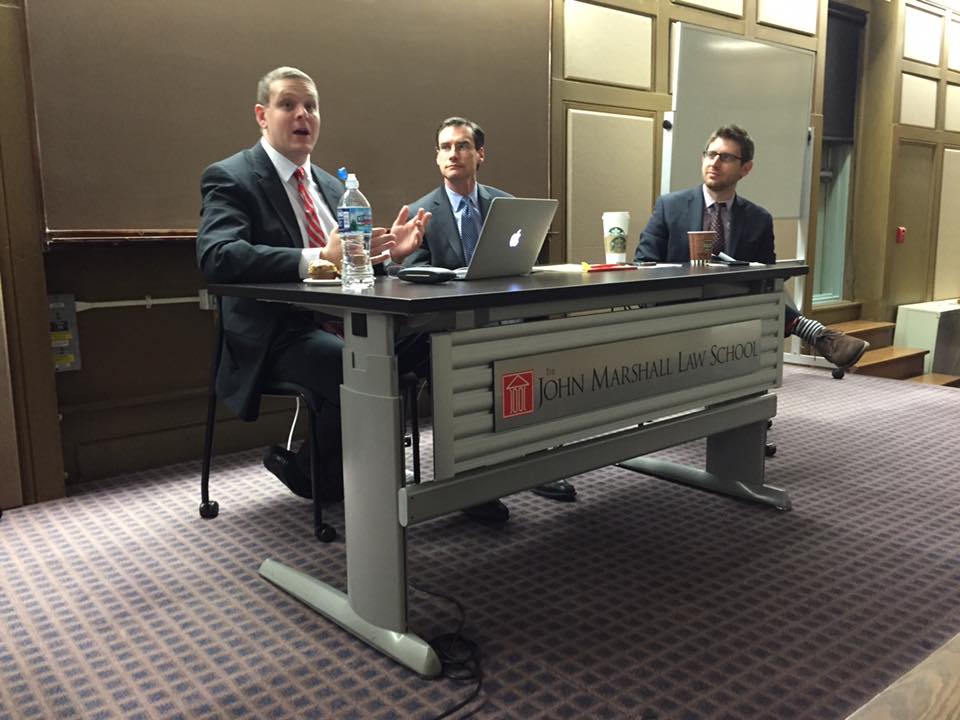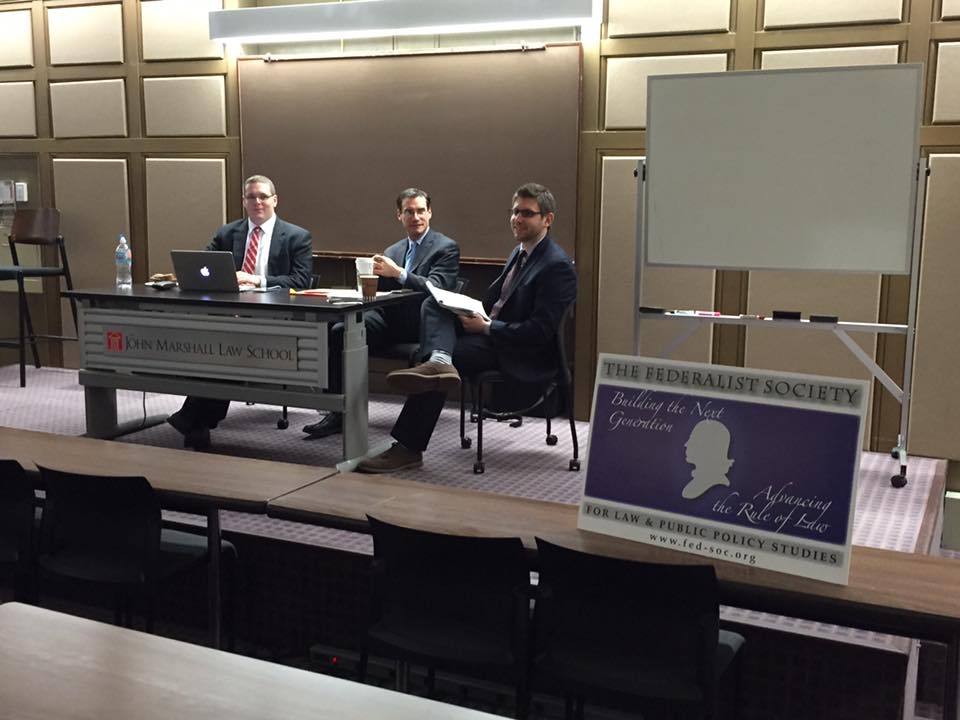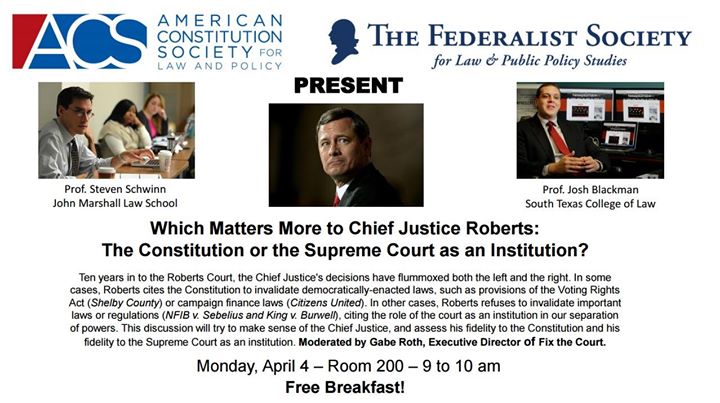In Evenwel, there is a fascinating back-and-forth between Justice Ginsburg and Justice Alito over how to understand actions taken by the framers of the Constitution in 1787, and the framers of the 14th Amendment in 1866. In short, Justice Ginsburg looks to this history for evidence that the framers in both periods favored representation based on total population, rather than on the voting population. From this, she bolsters the principle of “one person, one vote,” a doctrine that lacked any legitimate originalist pedigree when introduced in the 1960s.
Justice Alito disputes any effort to derive an equal representation theory, because the framers at both of these critical junctures of American history were not concerned with theories–they were concerned with “raw political power.”
When the formula for allocating House seats was first devised in 1787 and reconsidered at the time of the adoption of the Fourteenth Amendment in 1868, the overwhelming concern was far removed from any abstract theory about the nature of representation. Instead, the dominant consideration was the distribution of political power among the States.
In 1787, the Framers struck a fraught compromise–indeed it was the “Great Compromise”–whereby States would receive at least one representative, plus more based on population, and two Senators selected by the legislature. Justice Thomas aptly describes this compromise:
As the Framers understood, designing a government to fulfill the conflicting tasks of respecting the fundamental equality of persons while promoting the common good requires making incommensurable tradeoffs.
In no sense is either based on a total population rule, because the smallest state will have one representative, and the next smallest state will also have one representative. The Senate is entirely anti-democratic, and was designed with that intent in mind. Same for the electoral college, which is constituted based on the number of representatives and senators.
Alito explains with some references to Hamilton and Madison:
As is clear from the passage just quoted, Hamilton (according to Yates) thought the fight over apportionment was about naked power, not some lofty ideal about the nature of representation. That interpretation is confirmed by James Madison’s summary of the same statement by Hamilton: “The truth is it [meaning the debate over appor tionment] is a contest for power, not for liberty. . . . The State of Delaware having 40,000 souls will lose power, if she has 1/10 only of the votes allowed to Pa. having 400,000.” Id., at 466. Far from “[e]ndorsing apportion ment based on total population,” ante, at 9, Hamilton was merely acknowledging the obvious: that apportionment in the new National Government would be the outcome of a contest over raw political power, not abstract political theory.
In 1866, Justice Alito continues, Section 2 of the 14th Amendment was drafted the way it was to prevent Southern states from claiming too much power due to the freed, but disenfranchised slaves–now counted as a full people–who would now count towards full representation.
After the Civil War, when the Fourteenth Amendment was being drafted, the question of the apportionment formula arose again. Thaddeus Stevens, a leader of the so-called radical Republicans, unsuccessfully proposed that apportionment be based on eligible voters, rather than total population. The opinion of the Court suggests that the rejection of Stevens’ proposal signified the adop tion of the theory that representatives are properly under stood to represent all of the residents of their districts, whether or not they are eligible to vote. Ante, at 10–12. As was the case in 1787, however, it was power politics, not democratic theory, that carried the day.
The goal (quite plainly) was to prevent Northern states from losing too much representation. Alito also makes an important point on Section 2 of the 14th Amendment, and indeed the 3/5 Clause, which most people don’t understand: Granting full representation to Southern blacks in 1787–who could not vote–would have given Southern states a disproportionate share of the representation in Congress.
As Stevens spelled out, if House seats were based on total population, the power of the former slave States would be magnified. Prior to the Civil War, a slave had counted for only three-fifths of a person for purposes of the apportionment of House seats. As a result of the Emancipation Proclamation and the Thirteenth Amendment, the former slaves would now be fully counted even if they were not permitted to vote. By Stevens’ calculation, this would give the South 13 addi tional votes in both the House and the electoral college.
This is why deeming slaves 3/5 was actually a compromise in favor of the Northern states. Had the slaves been deemed full people, the Southern states would have had even more representatives in Congress, and in turn the electoral college. The slave trade–which the Constitution protected until 1808–would not have been repealed given the representative-bonus afforded by a 5/5 clause.
In two footnotes, Justice Ginsburg offers a rejoinder to Alito. First, in FN 9, she argues that Hamilton’s statements can be cited, notwithstanding the “political controversies of his day.” To drill the point home, she cites Justice Scalia’s opinion in Printz.
Notably, in the statement JUSTICE ALITO quotes, Madison was not attributing that motive to Hamilton; instead, according to Madison, Hamilton was attributing that motive to the advocates of equal representation for States. Farrand, supra, at 466. One need not gainsay that Hamilton’s backdrop was the political controversies of his day. That reality, however, has not deterred this Court’s past reliance on his statements of principle. See, e.g., Printz v. United States, 521 U. S. 898, 910–924 (1997).
The primary rejoinder appears in FN 11. RBG explains that even if “politics played a part” in the decision, she can still derive a “prinicpled argument.”
JUSTICE ALITO asserts that we have taken the statements of the Fourteenth Amendment’s Framers “out of context.” Post, at 9. See also post, at 12 (“[C]laims about representational equality were invoked, if at all, only in service of the real goal: preventing southern States from acquiring too much power in the national government.”). Like Alexan- der Hamilton, see supra, at 9, n. 9, the Fourteenth Amendment’s Framers doubtless made arguments rooted in practical political reali- ties as well as in principle. That politics played a part, however, does not warrant rejecting principled argument. In any event, motivations aside, the Framers’ ultimate choice of total population rather than voter population is surely relevant to whether, as appellants now argue, the Equal Protection Clause mandates use of voter population
I suppose it’s true–“We are all originalists now.” Justices Ginsburg and Alito are now battling over how to interpret statements from Madison, Hamilton, and Thaddeus Stevens.
